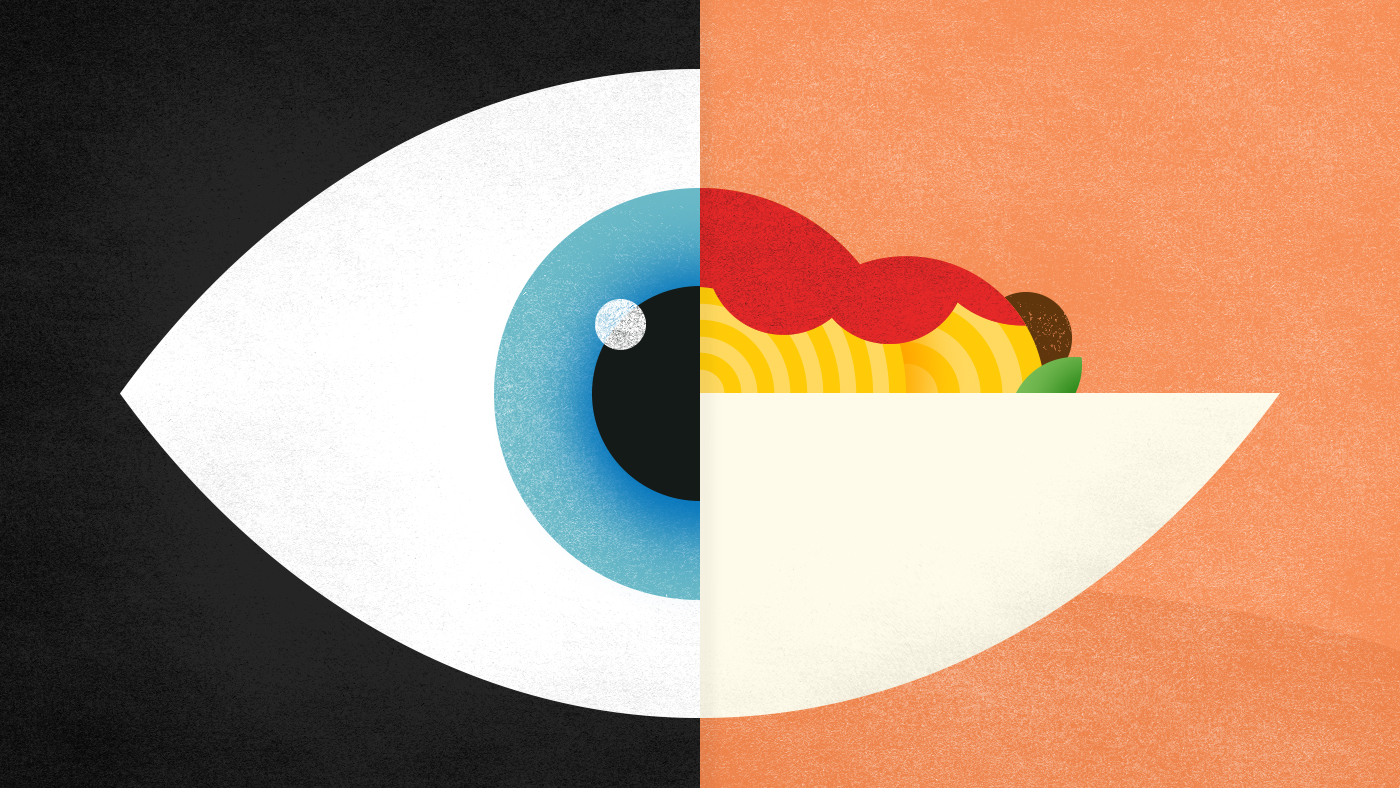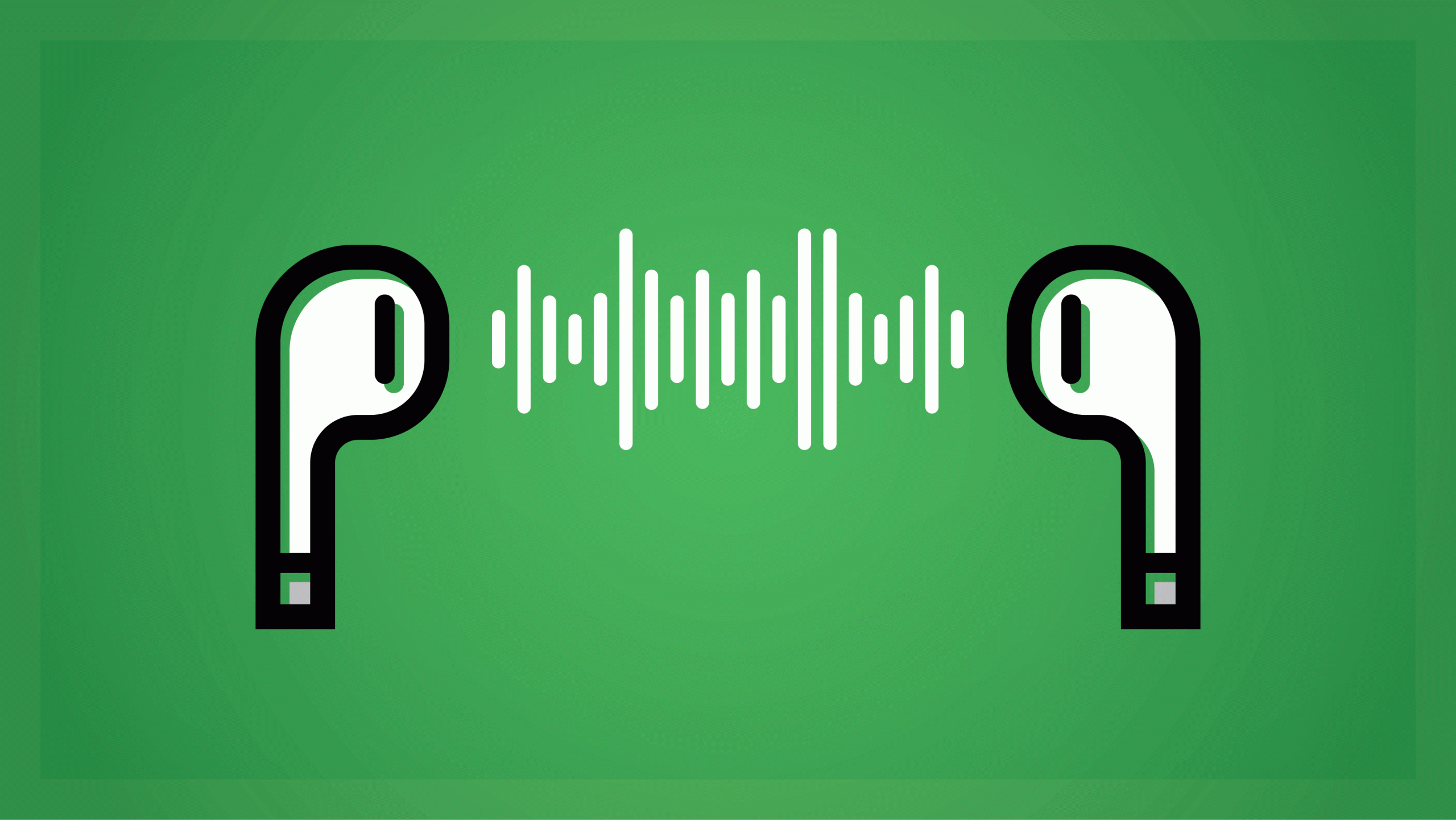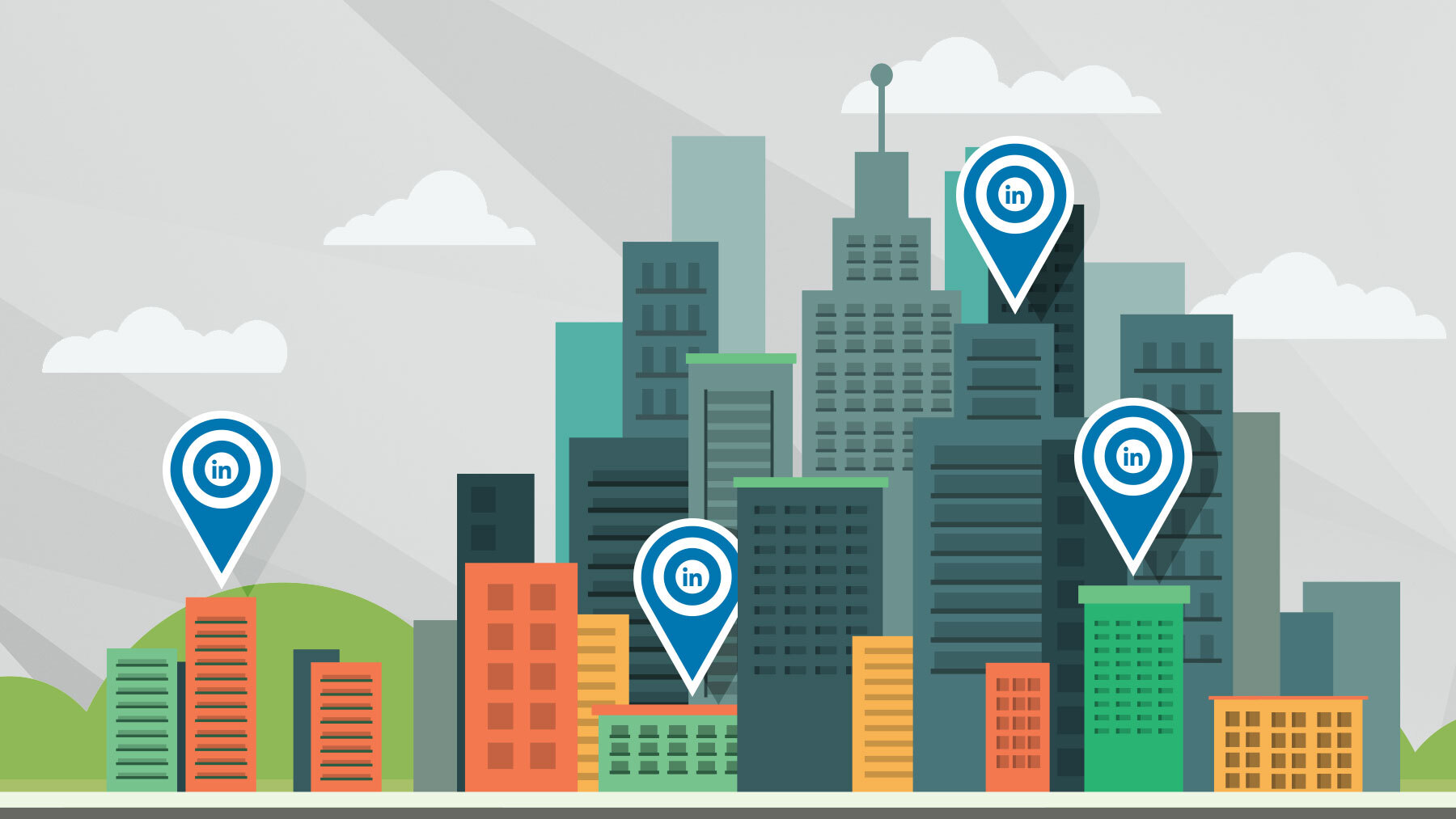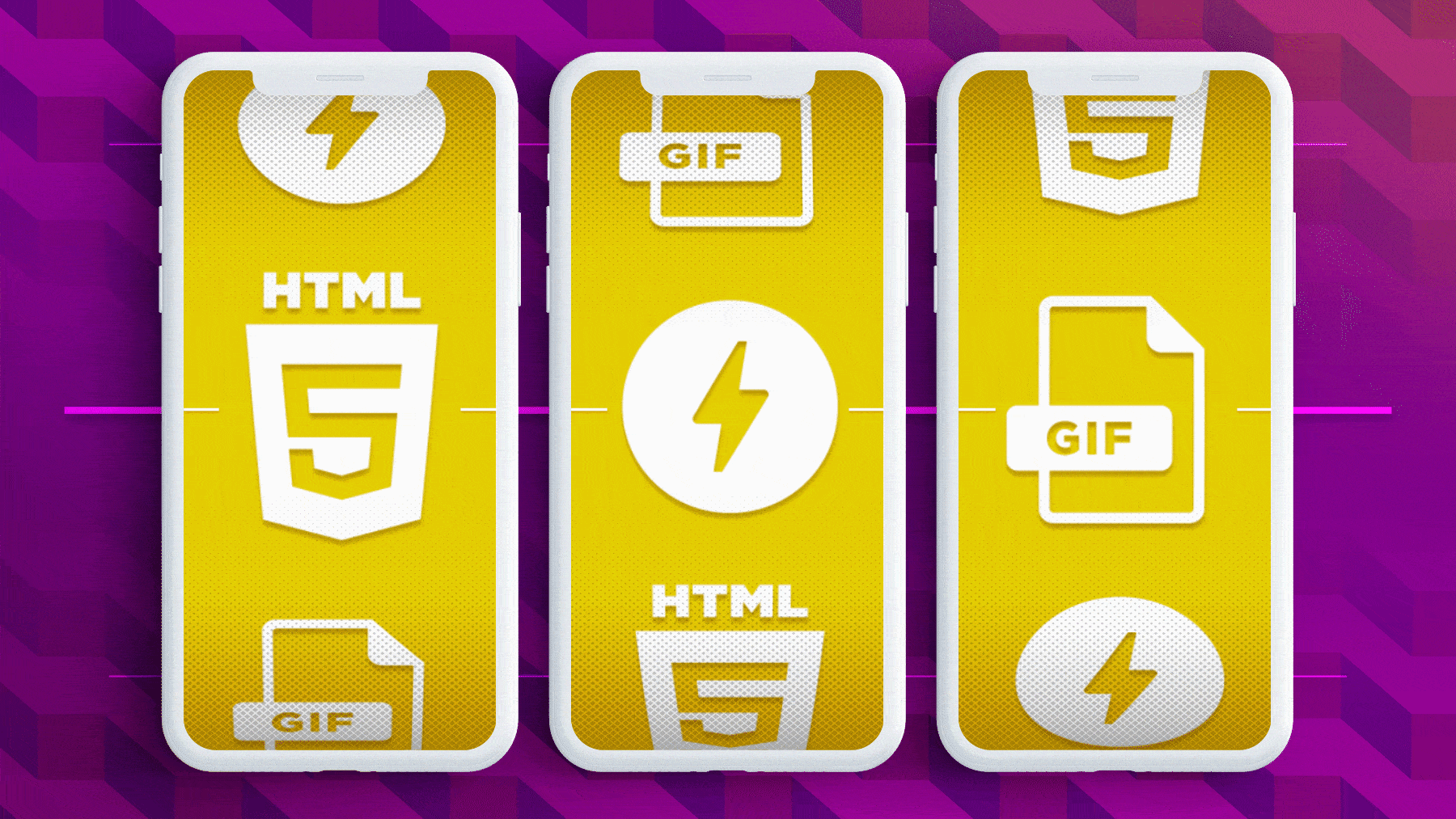
Good design has done its job before you even notice.
There is a belief in the culinary world that we eat first with our eyes. That before other senses, such as smell and taste, enter the conversation, our brain is already processing information and making assumptions through sight.
The story begins before it begins.
You order the spaghetti from your favorite Italian joint, and as it is laid before you, your brain goes to work. The plating is clean, suggesting the chef is skilled. The deep red hue of the sauce, simmered for hours, advertises rich umami flavors. Below the sauce is a bed of elegantly twirled al dente noodles. They will be tender but firm to the bite. You take the first bite: confirmation.
This is the goal of all types of design: to help us understand and experience the world. The shape of a car describes its speed, a no-nonsense boot exudes toughness, a gritty advertisement screams American-made and Siri guides you to the best taco in town. We encounter design in all aspects of life, so when done successfully, it gets a little bit better.
Instead of asking if design is important, ask how you can make it work for you.
Of course, design isn’t the whole story. Something is good only if it delivers on its promise. The spaghetti better not suck.


